Tihar celebration begins; Dhanteras observed today
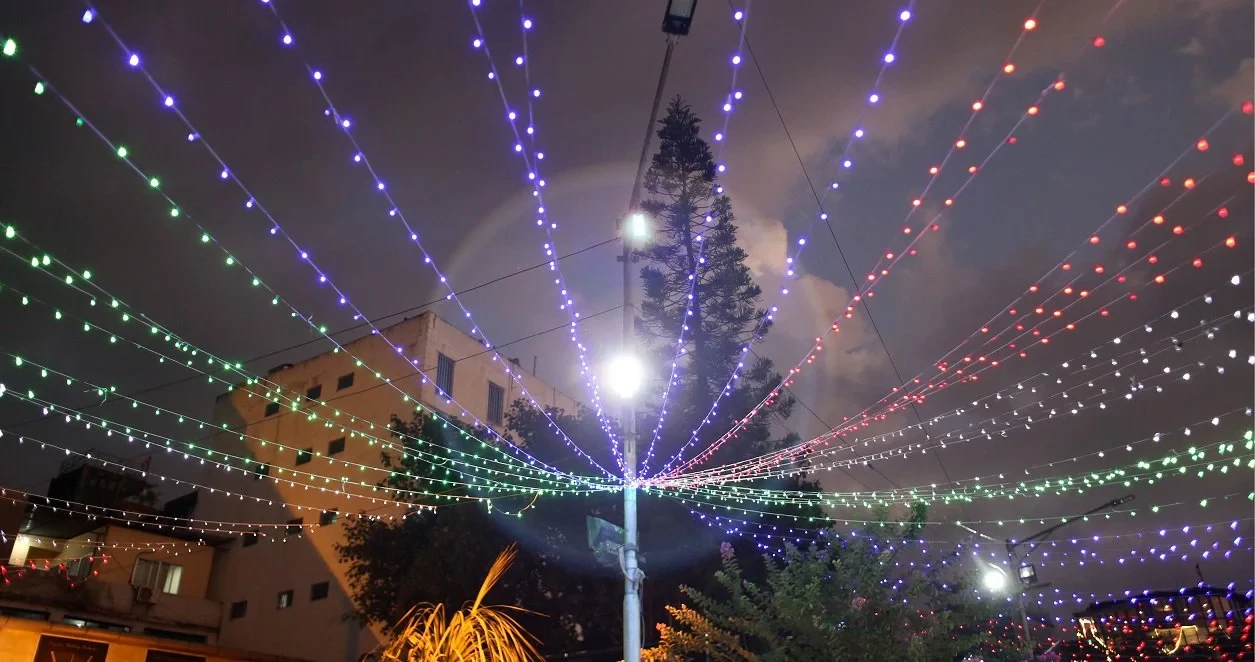
Kathmandu, October 29 — The second largest festival of Hindus, Yama Panchak, also known as Tihar, officially begins today, starting from the day of Krishna Trayodashi (thirteenth day of the dark lunar fortnight). Tihar starts today as the Dwadashi Tithi (twelfth day of the dark lunar fortnight) ends at 11:01 AM, followed by Trayodashi.
According to the Nepal Calendar Determination Committee, Tihar is marked by celebrating Dhanteras (the day of buying precious metals and worshipping Goddess Lakshmi) today, as the Trayodashi Tithi begins after 11:01 AM. This year, Yama Deepdaan (lighting a lamp outside the home to ward off untimely death) will commence tomorrow (Wednesday). The committee's chairman, Prof. Shrikrishna Adhikari, also mentioned that Kaag Tihar (day of the crow) falls on the same day, October 30 (Wednesday).
Traditionally, Dhanteras is celebrated in the morning on Trayodashi and Yama Deepdaan is performed in the evening on the same day. "Yama Deepdaan should be performed in the evening of Trayodashi, while Kaag Tihar is celebrated in the morning," he stated.
During Yama Panchak (five days of Tihar), it is believed that donating Yamadeep frees one from Yama’s torture. According to Hindu mythology, Yama is the god of death. Prof. Adhikari also mentioned that Dhanwantari Jayanti (birth anniversary of Dhanwantari, the physician of the gods or the Lord of Ayurveda) coincides with October 29 (today). Due to variations in Tithi (the lunar date based on the Hindu calendar), Kukur Tihar (day of dogs) and Laxmi Puja (the day of worshipping Goddess Laxmi) are both scheduled for Thursday.
Yama Deepdaan is done based on the number of family members. When performing Yama Deepdaan, one should face south, according to religious scholar Dr. Ramchandra Gautam. The ritual continues from Kartik Krishna Trayodashi to Kartik Shukla Dwitiya (second day of bright fortnight), which is Bhai Tika (a Hindu festival that celebrates the bond between brothers and sisters).
Bhai Tika, the main day of Tihar, will be celebrated on November 3 (Sunday) at 11:37 AM. The committee’s executive director, Surya Prasad Dhungel, mentioned that Bhai Tika should be done facing west. Performing Tika at midday is also considered appropriate for the general public. The state officials are required to perform it at the auspicious time. Bhai Puja, also known as Kijapuja in Newari, will be held on this day as well.
Known as the festival of lights, Tihar celebrations have already started in the capital and major cities, with various lights illuminating the streets. Some individuals have begun lighting lamps continuously since the full moon day of Ashwin (Kojagrat Purnima). It has become increasingly popular to celebrate Diwali from that day onward, especially in urban areas.
While Kathmandu is typically quiet during Dashain, it has transformed into a lively celebration during Tihar. The festive spirit includes playing Deusi and Bhailo, with traditional beliefs suggesting that gambling is a must during Tihar.
Some have taken the opportunity during Tihar, starting from Yama Panchak, to engage in Deusi and Bhailo (traditional folk songs carolled during the Tihar) for social causes, especially in various districts of Karnali and Sudurpashchim provinces, where the tradition has been observed since Kojagrat Purnima.
Various games, including cards, dice, and others, are popular during Tihar, bringing both joy and sometimes financial losses. Concerns have been raised about the negative impacts of such gambling culture.
The celebration of Tihar has also seen an increase in the misuse of firecrackers, leading to accidents. Instances of fire outbreaks and injuries have been reported due to the reckless use of fireworks. The Nepal Police have urged the public to celebrate the festival in a civil manner without the use of firecrackers. Despite efforts to control fireworks, their usage continues to be a concern.

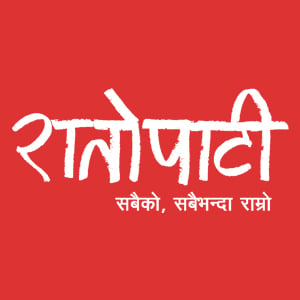
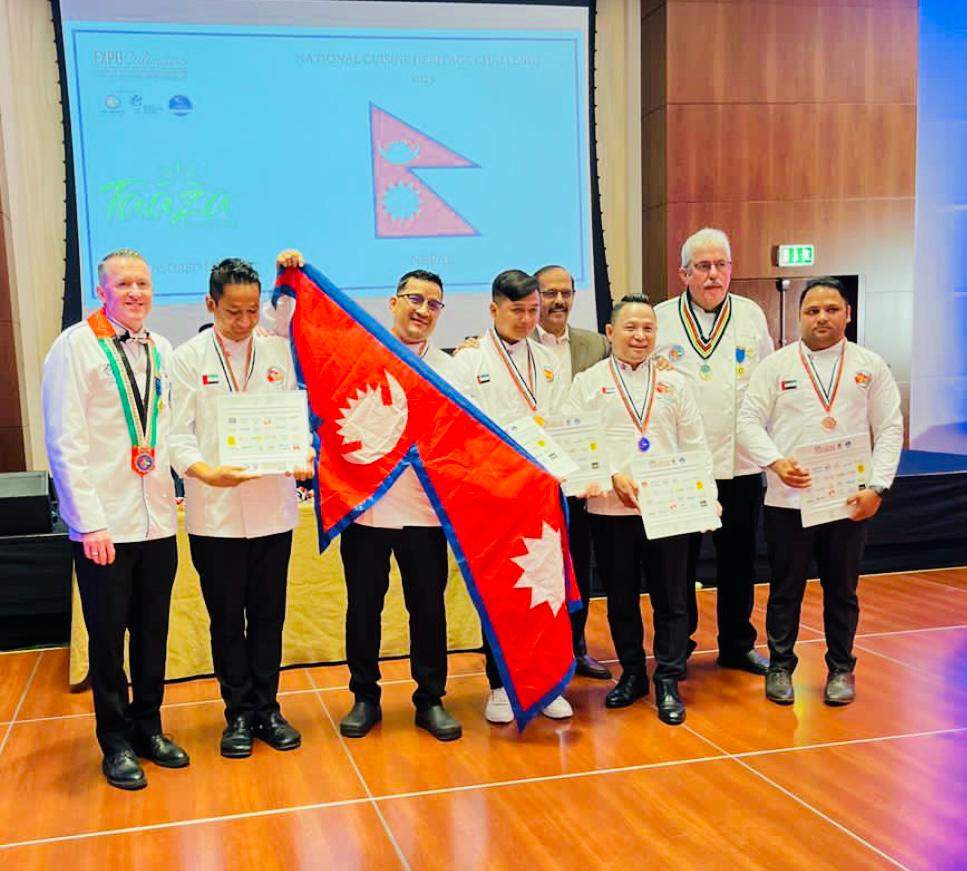
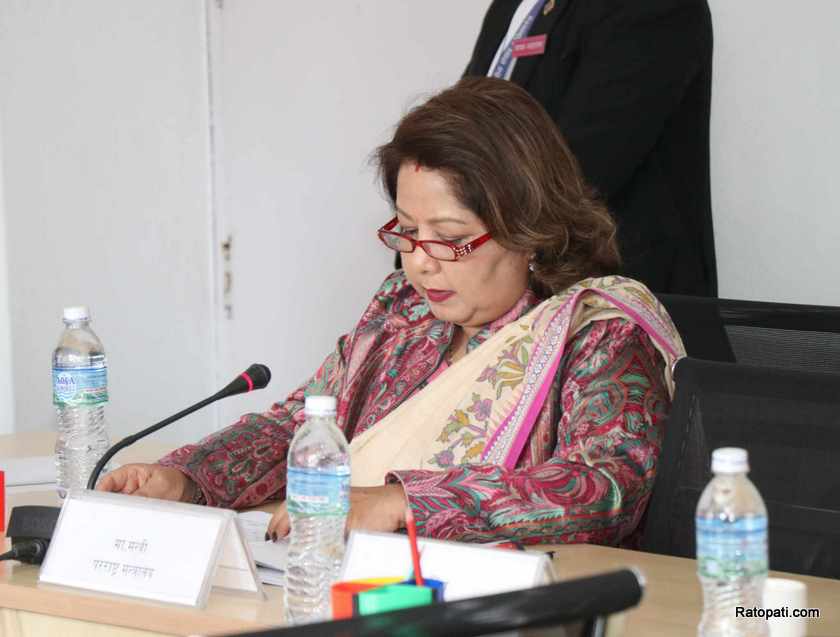


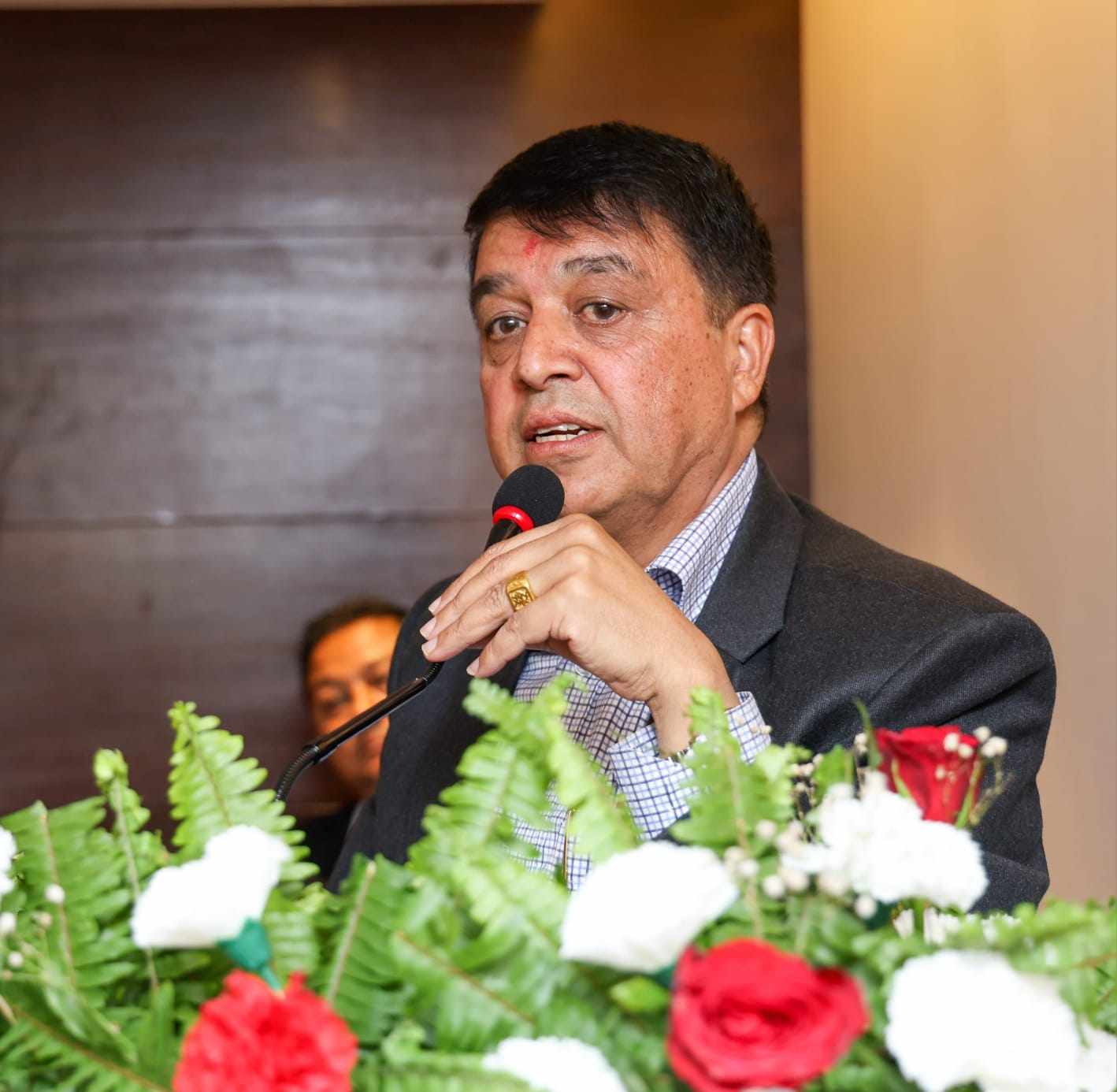
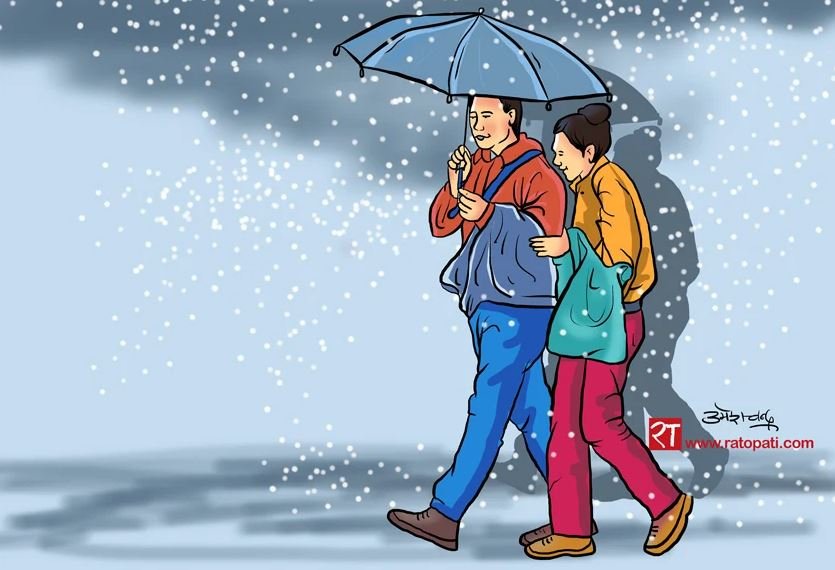

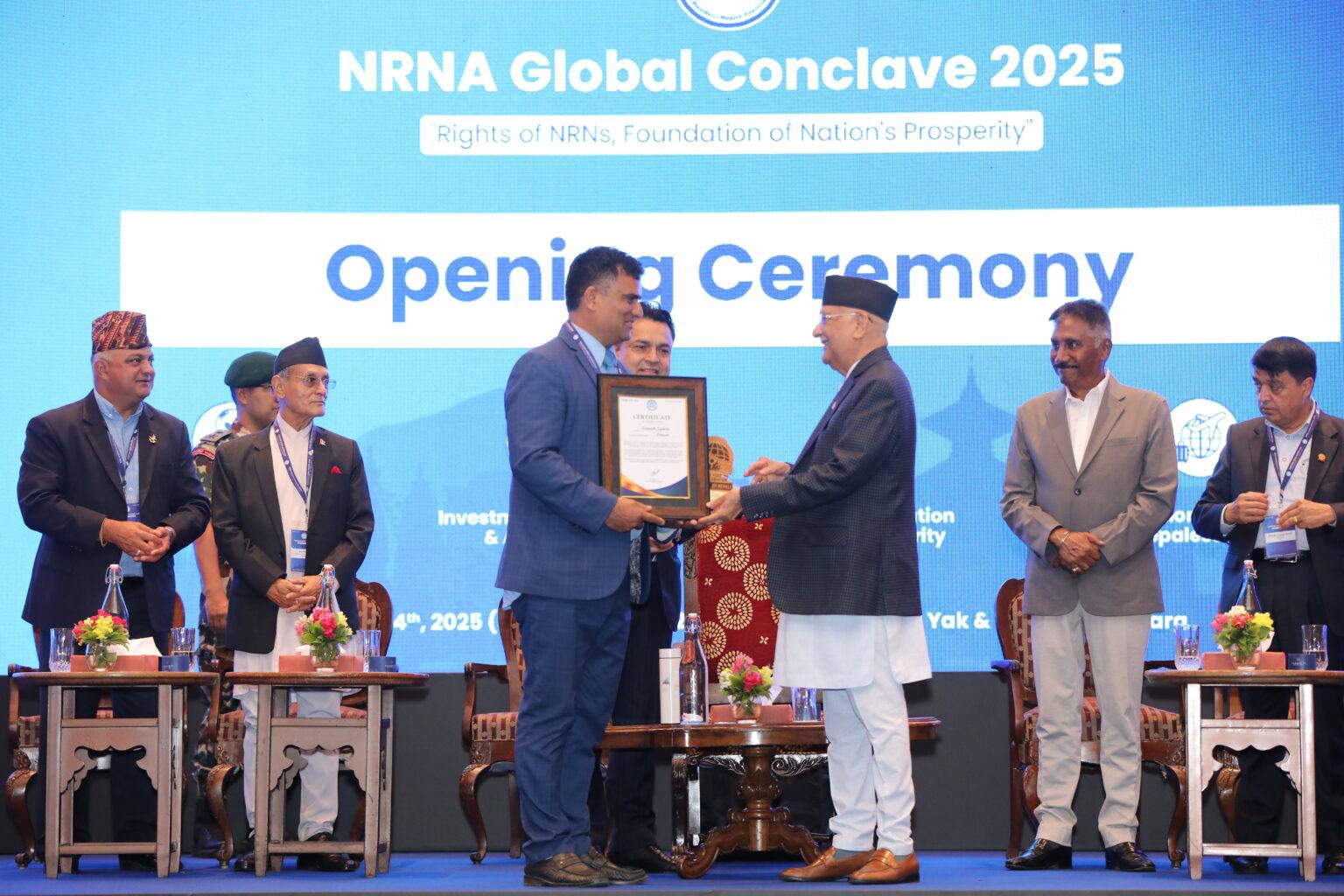
Leave Comment